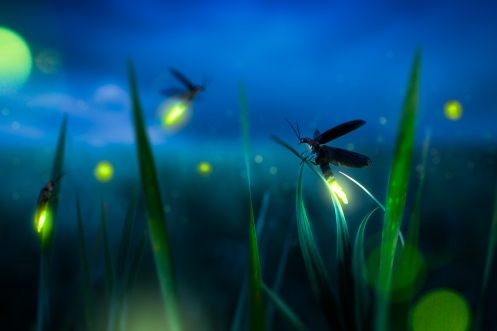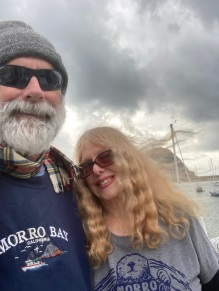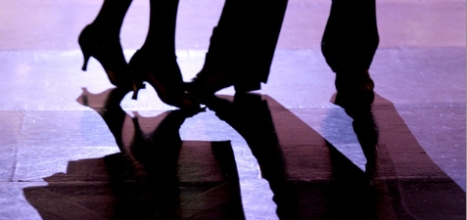
As Sweet As That
by Joan Jobe Smith
When she was in a good mood because my dad had
come home early for supper and told her
her biscuits and honey tasted as good
as his mother’s or because he’d said
he’d take us to see Forever Amber
the movie she’d been wanting to see
my mother would sing while we did dishes
her washing me drying
and she would whistle too and
I’d get embarrassed.
“Why don’t you ever sing?” she’d ask me.
and I’d answer “I don’t know,” and
she’d tell me about being young like me, but
a little older and how after she’d done the dishes
she used to meet my father
at the town square in Paris, Texas
and all of the young folks would sing and dance
while my father and some of the others
played the guitar and they’d do the Texas 2-step
and the jig and the shuffle and my father
would lay down his guitar and do a tap dance just
like Fred Astaire careful
not to get his white shoes and white trousers dirty
and when the sun went down they’d all sit
in the park and watch the fireflies
flitting in the cottonwood trees. And
I’d think to myself putting away
the dinner plates
how I’d never be able to sing as
sweet as that.
PHOTO: Glowing fireflies in field of grass by Fernando Gregory.

NOTE FROM THE AUTHOR: This is one of at least 100 poems I’ve written about my mother.
AUTHOR’S PHOTO CAPTION: My mother and father in their young happy days in San Francisco, California (Christmas, 1944).

ABOUT THE AUTHOR: Joan Jobe Smith, founding publisher/editor for 40 years of PEARL literary journal and Bukowski Review, Pushcart honoree, UK 1998 Forward Prize finalist, has had her cartoon art, poetry, reviews, essays, fiction, food articles, and recipes published/featured internationally since 1950, when at age 10 her first poem, a rhyming aphorism, winner of a Red Cross safety poster competition, appeared on billboards. Her most recent chapbook, Made in the Shade was published by UK’s Tangerine Press, 2021. Her signature Bukowski profile CHARLES BUKOWSKI: Epic Glottis: His Art & His Women (& me) was published in 2012 by Silver Birch Press. She lives in Long Beach, California, with her machinist-poet husband, a Joe Hill Award recipient, Fred Voss.
PHOTO: Joan Jobe Smith and Fred Voss, her machinist-poet husband since 1990, in Morro Bay, California.


















